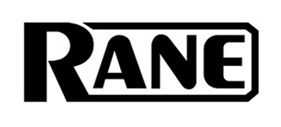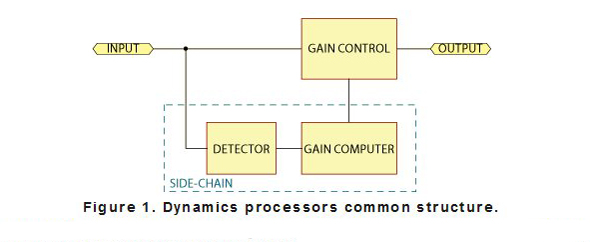The dynamic range of an audio passage is the ratio of the loudest signal to the quietest signal.
For signal processors the magnitude of the power supply voltages restricts the maximum output signal and the noise floor determines the minimum output signal.
Professional-grade signal processing equipment can output maximum levels of +26 dBu, with the best noise floors being down around -94 dBu. This gives a dynamic range of 120 dB—an impressive number coinciding nicely with the 120 dB dynamic range of normal human hearing. The invention of dynamics processors came about because this extraordinary range is too great to work with.
Dynamics processors alter an audio signal based upon its frequency content and amplitude level; hence the term “dynamics” since the processing is program dependent and ever changing. The four most common dynamics effects are compressors, limiters, gates and expanders.

After these come a whole slew of special purpose processors: AGC units, duckers, de-essers, levelers, feedback suppressors, exciters and enhancers. No matter what the name, all are in the business of automatically controlling the volume, or dynamics of sound—just like your hand on the volume fader.
All dynamics processors have the common structure shown in Figure 1: a gain control element in the main signal path and a side-chain containing a detector and gain computer. The detector may sample the signal before the gain control element or after it, but for simplicity we show it before.
The signal path is the route the main audio takes through the unit. Typically, the signal goes through the input circuits, on to the gain control device and then exits through the output circuits (or the digital equivalent of this path). Thus, the signal chain goes through the “volume control” in the “hand on a control” analogy.
The side-chain is the hand that controls the volume. Side-chain circuitry examines the input signal (or a separate Key Input) and issues a control voltage to adjust the gain of the signal path. In addition, a side-chain loop allows patching in filters, EQ or other processors to this path.






















